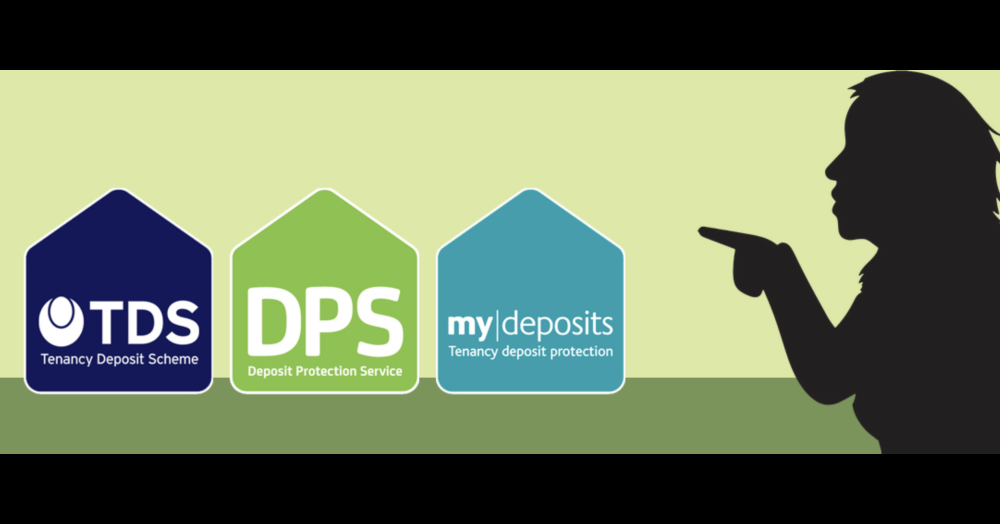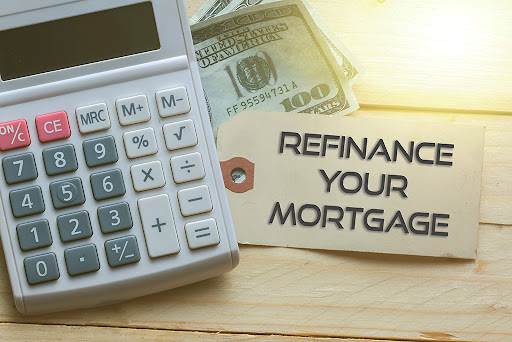The buy-to-let sector experienced its strongest year in 2012 since the financial crisis and is set to grow again in 2013 after one of the sector’s biggest lender committed to increasing its lending to landlords.
While banks are currently only lending around 40 per cent of what they were in 2008, when £28.5bn was advanced to landlords that year, the sector has experienced three consecutive years of growth.
Between 2008 and 2009 buy-to-let lending fell off a cliff, falling from £28.5bn in 2008 to £8.5bn in 2009. However, in 2010 this increased to £9.7bn and again to £9.9bn in 2011.
The latest figures from the Council of Mortgage Lenders, the trade body for the mortgage lending industry, show that lenders had already lent £11.8bn to landlords at the end of the third quarter, suggesting the year-end figures will settle around the £15bn mark.
Furthermore, Lloyds Banking Group, the largest player in the buy-to-let market, has promised to increase lending to the sector in 2013.
When a sector grows as quickly as the buy-to-let market has it often brings with it increased competition, which normally results in more competitive rates and a relaxing of lending criteria, making it is easier to obtain a mortgage.
So if you are planning to invest in a buy-to-let property in the near future, 2013 could be the time to do it.
However, while investing in property may seem attractive, especially when house prices are still relatively low and rents are increasing, there are few things you should consider before you proceed:
1) Is buy-to-let right for me?
Before you start scouring around for properties it is always a good idea to work out if there other investment opportunities that might be better suited to your circumstances, like investment funds or even a high-paying savings product.
Another thing to bear in mind is that gambling on house prices rising is risky, as the last few years have shown. Therefore, buy-to-let properties should not be seen as a short-term investment as house prices can fluctuate on a month-by-month basis.
2) What type of property should I purchase and where?
This is where most inexperienced landlords fall down. So what should you consider when choosing a property? Things like: how close are the local schools? Is it in a popular commuter area? How far are the local amenities? Is the area pleasant? These are all important considerations and getting them right is important.
3) How much rent should I charge and how much of a deposit do I need?
Typically, lenders require the rent to cover 125% of your mortgage payments. So if your mortgage comes to £700 a month, you must charge at least £875 a month in rent. To work out how much rent you need to charge it is best to use a buy-to-let calculator or speak to a mortgage broker.
Most lenders insist on at least a 20% deposit but some, like Kent Reliance Building Society, do offer deals for those with a 15 per cent deposit. However, as a rule of thumb, the larger the deposit the lower the mortgage rate – although there can be exceptions to the rule.
You will also notice that the fees lenders charged with buy-to-let mortgages are quoted in a different way to residential mortgages where the borrower plans to occupy the property. With residential loans you are normally charged a flat fee – £995, for example. But most buy-to-let deals charge the borrower a percentage of the total mortgage, which can be anything from 1% to over 3.5% of the mortgage.
4) Additional costs:
You also have to factor in the less obvious costs associated with being a landlord. For example, if you rent out the flat furnished and the washing machine breaks, do you have enough in savings to cover the cost of a new one? Also to keep the property in good shape you may chose to spruce it up every so often, maybe yearly, which comes at an additional cost.
While there is a lot to consider when making a buy-to-let purchase there is no doubt it can be a wise investment if done properly. And with lending in the sector set to grow again for the fourth consecutive year, now could be as good a time as any.



